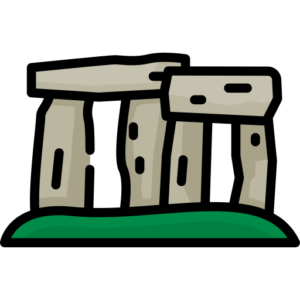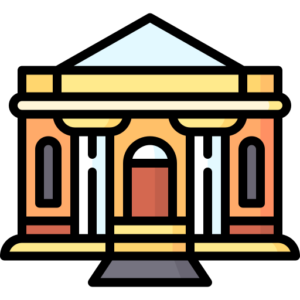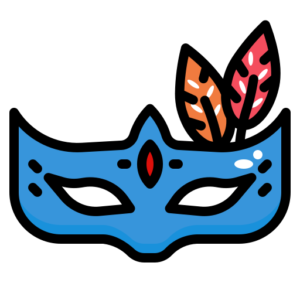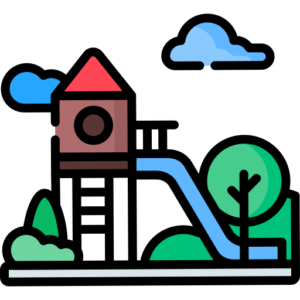Zêtang, China
Region: Zêtang is located in the Tibet Autonomous Region
Geographic Coordinates: 29.238000, 91.771000
Temperature Range: -40.0°C to 30.0°C (-40°F to 86°F)
Population: 382610
Language: Mandarin
Zêtang, Also known as Tsetang or Zedang, Is a small town in the southern part of Tibet Autonomous Region in China. It has been an important cultural and religious center since the 7th century and is considered one of the most ancient towns in Tibet. The town sits on the banks of Yarlung Tsangpo River which flows through the Himalayas. The history of Zêtang dates back over 1, 300 years when it was founded by Songtsen Gampo, A Tibetan king who made it his capital and built several palaces and temples that still stand today.
Yumbulagang Palace is one of its most famous temples believed to be one of Tibet’s oldest buildings. Zêtang has around 60, 000 people who are mostly Tibetan Buddhists with agriculture being their main source of income. Barley and wheat are grown extensively while apple orchards surround this area. Samye Monastery founded by Padmasambhava in 775 AD remains one of its most significant religious sites today playing an important role in spreading Buddhism throughout Tibet. Visitors can enjoy panoramic views over snow-capped peaks from Yumbulagong Palace which offers stunning mountain vistas visible from all parts of town.
Homestays with local families provide opportunities for tourists to experience traditional Tibetan life firsthand. Overall, Zetâng offers visitors a unique opportunity to experience traditional Tibetan culture while enjoying its stunning natural beauty making it a must-visit destination for anyone interested in exploring Tibet’s rich history and religious significance.


Important Landmarks
- Samye Monastery – one of the oldest Buddhist monasteries in Tibet
- Yumbulagang Palace – believed to be the first palace in Tibet
- Trandruk Monastery – a historic monastery with beautiful murals and statues
- Chim-puk Hermitage – a sacred cave where Guru Rinpoche is said to have meditated
- Drak Yerpa Monastery – a complex of caves used for meditation by Tibetan monks
- Tsetang Market – a bustling market selling traditional Tibetan handicrafts and souvenirs.

Primary Industries
- Agriculture: Zêtang is known for its fertile land and favorable climate, making it suitable for agriculture. The main crops grown here include barley, wheat, potatoes, and vegetables.
- Tourism: Zêtang is an important tourist destination due to its rich cultural heritage and scenic beauty. It is home to many historical sites such as Yumbulagang Palace and Samye Monastery.
- Handicrafts: The city has a thriving handicraft industry that produces traditional Tibetan handicrafts such as thangkas (Buddhist paintings), carpets, jewelry, and pottery.
- Mining: Zêtang has significant deposits of minerals such as copper, gold, silver, lead-zinc ore which are mined by local companies.
- Manufacturing: There are several small-scale manufacturing units that produce products like textiles (woolens), metalwork items (copperware), leather goods (shoes) etc.
- Transportation: Due to its location on the Sichuan-Tibet Highway, Zetong serves as an important transportation hub for trade between Tibet and mainland China. Therefore transportation services like logistics companies, trucking services etc. are also present here.
- Hospitality sector: With growing tourism industry, hospitality sector has emerged with hotels, resorts, guesthouses, camping sites etc. catering to the needs of tourists visiting this place.

Noteable History
- The founding of the Tibetan Empire by King Songtsen Gampo from Zêtang in the 7th century.
- The construction of Yumbulagang Palace on a hill overlooking Zêtang by King Songtsen Gampo, which is believed to be the oldest building in Tibet.
- Guru Rinpoche (also known as Padmasambhava), who introduced Buddhism to Tibet, meditated at Samye Monastery near Zêtang.
- Trisong Detsen ruled over Tibet during its golden age and invited Indian Buddhist masters such as Padmasambhava and Shantarakshita to come teach in Tibet.
- The establishment of Dunhuang-Tibet trade route during Tang Dynasty which linked China’s central plain area with India via Dunhuang Corridor that went through today’s Xinjiang Uygur Autonomous Region, Qinghai Province, Gansu Province, Sichuan Province before reaching Yarlung Tsanpo River area where Zedong located.
- Thonmi Sambhota was a minister under Trisong Detsen who created Tibetan writing system around 630 AD
- Modern Tibetan culture originated from this region around Yarlung Tsanpo River basin which includes Zedong.
- According to legend, the first Tibetan doctor Yuthok Yonten Gonpo was born in Zêtang making it considered as birthplace of Tibetan medicine.
- Tsangyang Gyatso – He was the sixth Dalai Lama who was born in a village near Zedong in 1683 AD.
- The Battle of Qamdo took place near Zêtang in 1950, marking the end of Tibet’s independence as China annexed Tibet into its territory after this battle.

Museums and Things To See
- Samye Monastery – the first Buddhist monastery established in Tibet.
- Yumbulagang Palace – the oldest building in Tibet and a historical landmark.
- Trandruk Monastery – a famous monastery with beautiful murals and sculptures.
- Mindroling Monastery – one of the largest Buddhist colleges in Tibet with impressive architecture.
- Drak Yerpa – a sacred cave complex with meditation retreats and stunning views of the valley.
- Tsetang Hot Springs – natural hot springs believed to have healing properties.
- Tombs of Tibetan Kings – ancient tombs that offer insight into Tibetan history and culture.


Cultural Events
- Shoton Festival: This is a significant festival celebrated by Tibetan Buddhists in Zêtang. It usually takes place in August or September and includes the unveiling of a giant Thangka painting of Buddha.
- Saga Dawa Festival: This is another important Buddhist festival that celebrates the birth, enlightenment, and death of Buddha. It is usually held in May or June.
- Horse Racing Festival: Held annually during July or August, this festival features horse racing competitions as well as traditional Tibetan dances and music performances.
- Losar Festival: This is the Tibetan New Year celebration which usually falls between January to March depending on the lunar calendar.
- Harvest Festival: Celebrated during autumn when crops are harvested; it’s a time for families to come together to celebrate their hard work throughout the year with food, music & dance performances.

Cuisine
- Tibetan momos – these steamed dumplings can be filled with meat or vegetables, making them a versatile option for any meal.
- Thukpa – a hearty noodle soup made with vegetables and meat, perfect for warming up on a chilly day.
- Yak meat dishes – yak stew or yak burgers are popular options that offer a unique taste experience.
- Tsampa – roasted barley flour mixed with butter tea, providing an energy boost for those on-the-go.
- Chang beer – this traditional Tibetan beer made from fermented barley is refreshing and pairs well with spicy foods.
If you’re looking to try some of these dishes out, here are five popular restaurants in Zêtang:
- Tashi Delek Restaurant
- Snowland Restaurant
- Himalaya Kitchen
- Ganglamedo Restaurant
- Shambhala Tibetan Cuisine

Parks and Recreation
- Tashilhunpo Monastery: A famous monastery that attracts tourists from all over the world.
- Lhatse Hot Springs: Known for their therapeutic properties and located near Zêtang.
- Qomolangma National Nature Reserve: Home to rare species of plants and animals, offering visitors a chance to explore nature.
- Mount Everest Base Camp: Located near Zêtang and attracting adventure enthusiasts from all over the world.
- Trekking/Hiking: Several trails in and around Zêtang offer breathtaking views of surrounding mountains.
- Tsurphu Monastery: Another famous monastery located near Zetang that offers visitors a glimpse into Tibetan culture and architecture.
- Horse Riding: A popular activity in Tibet, including around Zetang where horseback tours can be arranged with local guides or tour operators.
Please note that this information may not be up-to-date or accurate due to changing circumstances or events beyond our control.





